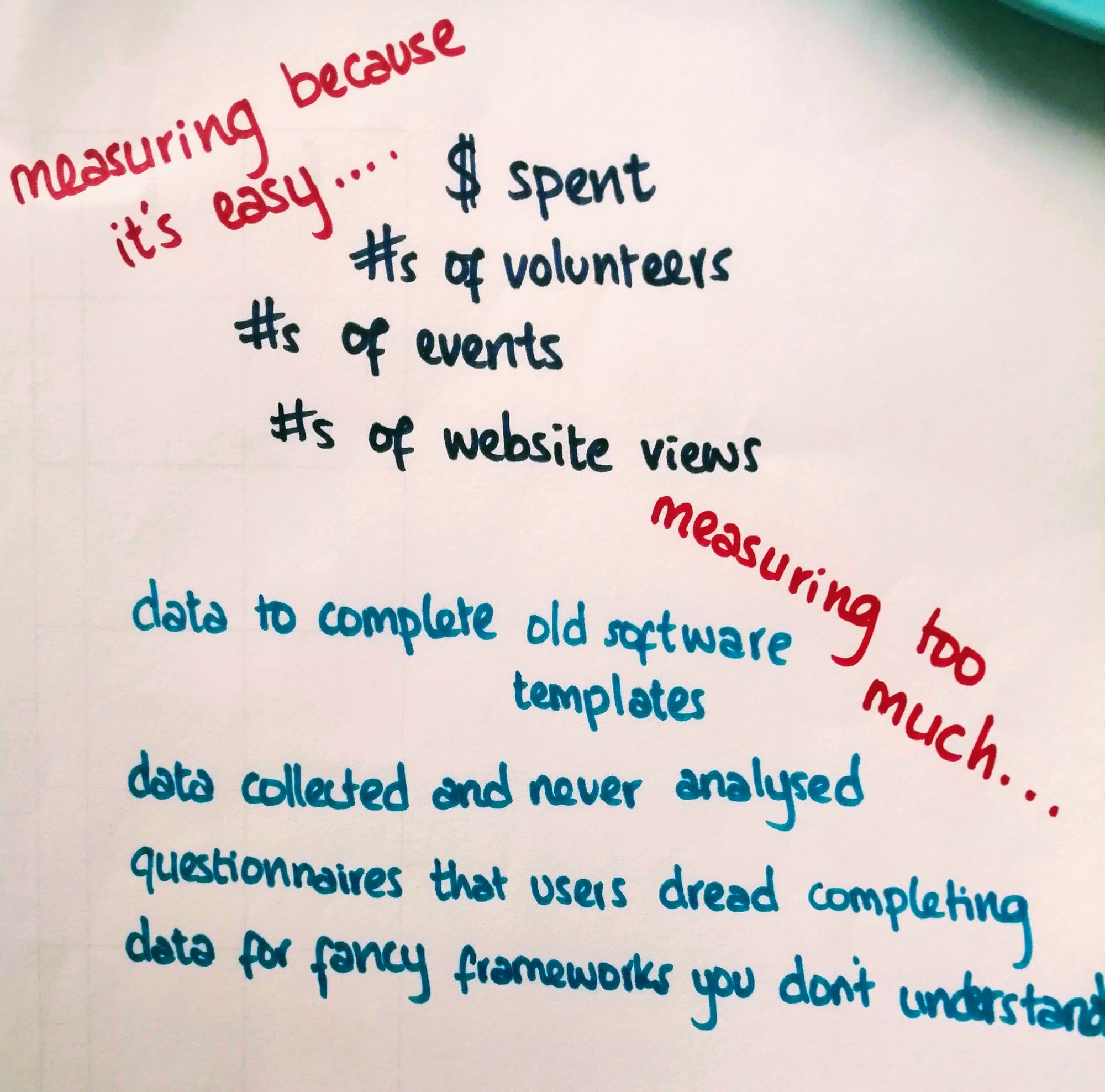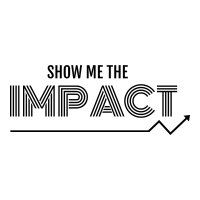Five reasons you need a Theory of Change
When I was working in London I met a CEO of a small but old youth homelessness charity. She had been in the role for a year and was brimming with intelligence, charisma and innovative new ideas for services. She was all set to take a respected, minor charity to the next level and she wanted help to prove the impact of her plan.
The funny thing is, her team kept resigning and she was slowly taking on more and more of the work herself. I was surprised to enter her office and see her working up graphics for the website when she also had to stay up all night to finesse Board papers.
Of course, when I asked about the Theory of Change for her new strategic ideas, she looked like she wanted to poke me in the eye with a pen. A “theory” is the last thing you imagine will help increase your impact when you are stuck in a downward cycle of overwork and your team keeps getting smaller and smaller.
I pointed out that most serious charities, public sector services and increasingly private sector programs have a Theory of Change. It is both a strategy and evaluation tool.
Like many busy folk in the charity sector, she was looking for a quick fix. But I discussed with her five compelling reasons why if you don’t already have one, you might just find Theory of Change transformative for achieving your impact ambitions.
1. It illustrates why and how your strategy will work
As part of your Theory of Change you will identify an ultimate aim or impact destination for your work. However, big aims like “resilient young people in appropriate accommodation” might be achieved through many different pathways.
I’ve seen some pretty flat Theories of Change with big motherhood statements and no grit. A strong Theory of Change will help you grasp the specific context you are working in. It will specific highlight barriers you need to tackle, for example a “lack of public support for homeless teenagers” or “difficulty in forming secure relationships”.
Many interventions sound similar on paper, but a Theory of Change will give you a platform to explain how you deliver your activities and why that matters. For example, they might be “human-centred” or “peer-led”. Perhaps you want to make the service culturally appropriate and therefore the delivery team all speak the language of service users.
2. It engages stakeholders (including your team)
The consequence of presenting your strategy’s logic in a Theory of Change is that it will be better understood by those it affects: first and foremost, the team delivering it.
Those working day-in and day-out on your change initiative are experts on the topic area. It would be silly not to engage them in the process of creating the Theory of Change. They might throw up some practical challenges or better still, some gems on what works. Ultimately, they will own the Theory of Change in action, so it is essential that their perspectives are reflected.

The other expert stakeholder you are going to want to engage are the beneficiaries and stakeholders most affected by your work.
I’ve noticed the social sector can often be afraid of conducting Theory of Change research or workshops with their primary stakeholders. Sometimes this is a genuine desire not to burden time-poor stakeholders, but more often, I’m afraid it’s a symptom of the continued lip service given to meaningful stakeholder input.
I’ve seen some of the most honest and frankly ingenious Theories of Change when organisations are able to trust that listening (really listening) to their stakeholders will allow them to deliver better services and greater impact, .
3. You will measure the right thing
Part of developing your Theory of Change will involve selecting the most material (most important) outcomes from your work. These are the outcomes you will measure and be held accountable against.
This can be the most difficult stage in a Theory of Change, especially if you lack internal clarity. But once you are measuring your material outcomes, it will leave you with a relevant picture of your effectiveness.
Two of the most common pitfalls I see with bad impact measurement are (1) measuring what’s easy and (2) measuring too much.
Measuring what’s easy might mean you are collecting output data, probably management data, like how many people turned up to your event. Then you will be guessing how this correlate to an outcome. Obviously not a clever approach, but its terrifying just how many “for good” initiatives operate this way.
Additionally, I see organisations scrambling with pre-cooked lists of indicators and just selecting measures that “sound right” or “defensible”. This is a seductive approach to impact measurement because you can sling a bunch of data into your annual report or dashboard, but it will give you a poor picture of your own impact.
Secondly, I see many initiatives drowning in a patchwork of measures that have been inherited from past managers or perhaps frameworks requested by funders. This makes collecting outcome data a drag and something that your team is going dread. Theory of Change in this case can paradoxically make proving your impact leaner and more elegant.

4. It will guide operational decisions
A comprehensive Theory of Change will distill your understanding of the drivers for your work, how you seek to address social challenges and the other players working on the same issue. It will help you marry together a gap in the system with the unique competences or approaches that your organisation is bringing to the table.
I’ve seen this exercise help countless programs re-prioritise. For example, a charity working broadly on food issues had a small policy team and a big community-education team. They were offered a significant grant to expand their policy work. Their Theory of Change revealed that the policy team had a role, but the core value they were delivering with the community needed to be their focus. They turned down the grant.
I also worked with a national care service. They developed a Theory of Change emphasising the importance of tailoring support around the service users. This surfaced tension around the top-down management style. Using the Theory of Change as a backbone reference document they shifted to a decentralised, flat management model, holding case-workers accountable for outcomes not activities.
5. It will attract funders and/or investors
A Theory of Change is the first step you should take on your impact measurement journey. Mapping the logic of your work is good hygiene and any serious funding body or social impact investor will expect to see one.
The quality and effort put into Theories of Change vary widely, so this can be your chance to stand out. Or perhaps its your chance to get going! Remember you should regularly be revisiting your Theory of Change to ensure it still reflects your actions and thinking.
Coming back to our homeless charity CEO, once she started coming through the Theory of Change process, she became a serious convert. The challenge she had been facing was clarity: while she had initially won over her stakeholders with ambitious ideas, it wasn’t until she had used the Theory of Change tool that she bought this together in a clean impact story.
The Theory of Change produced with her team and stakeholders was more realistic that her initial strategy and therefore more appealing to grant makers. As for the team, one of program counsellors confided in a workshop that they had previously felt criticised, but now they were “on the same page” and excited about updating their work.
Theory of Change is a powerful framework in the impact toolbox. If you would like to get going with your own, keep an eye out for a blog coming shortly on how to build your own Theory of Change.
